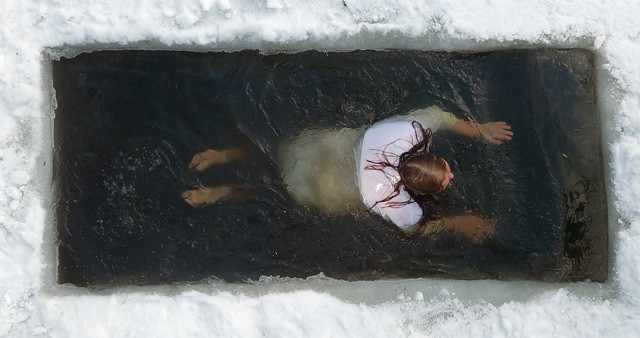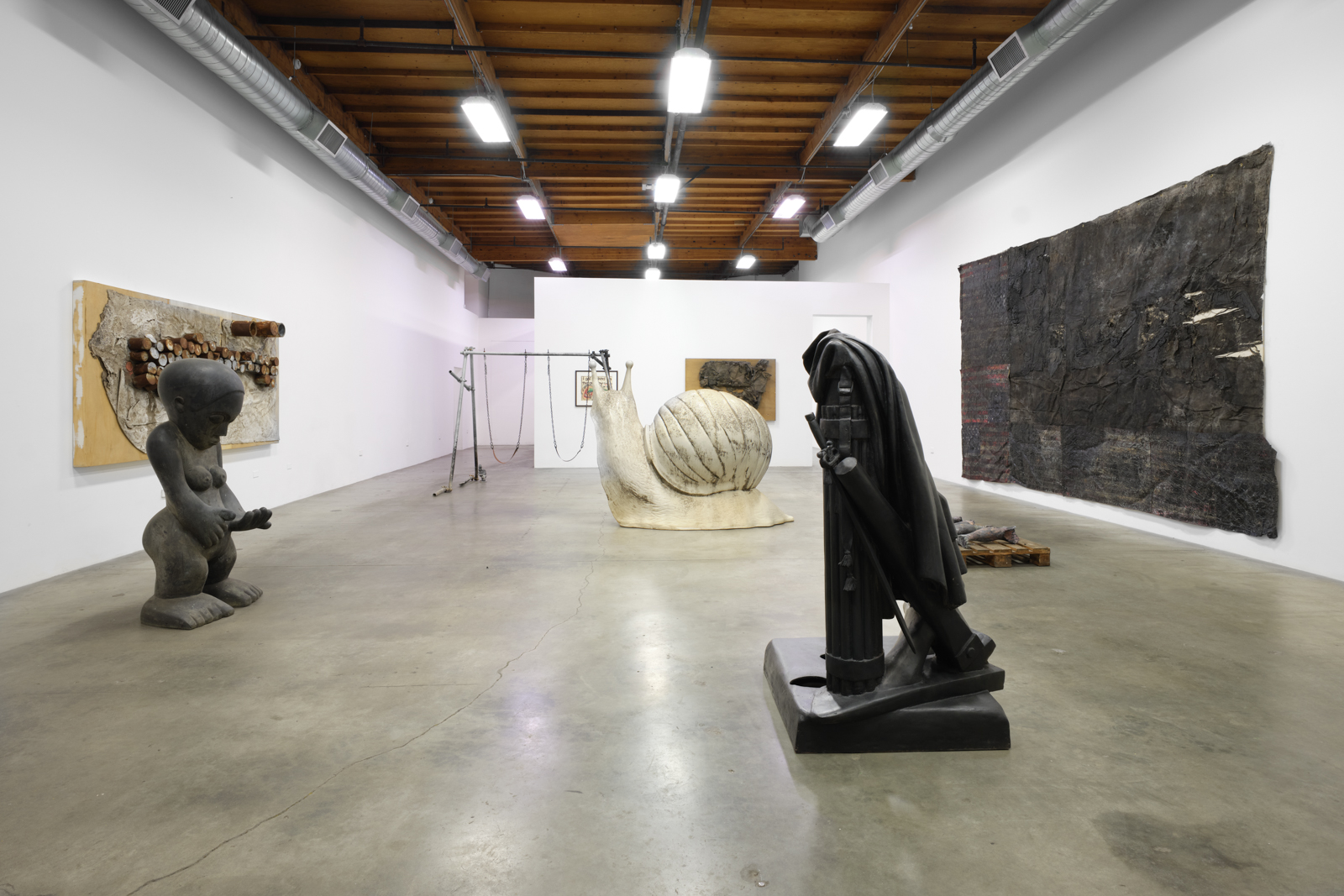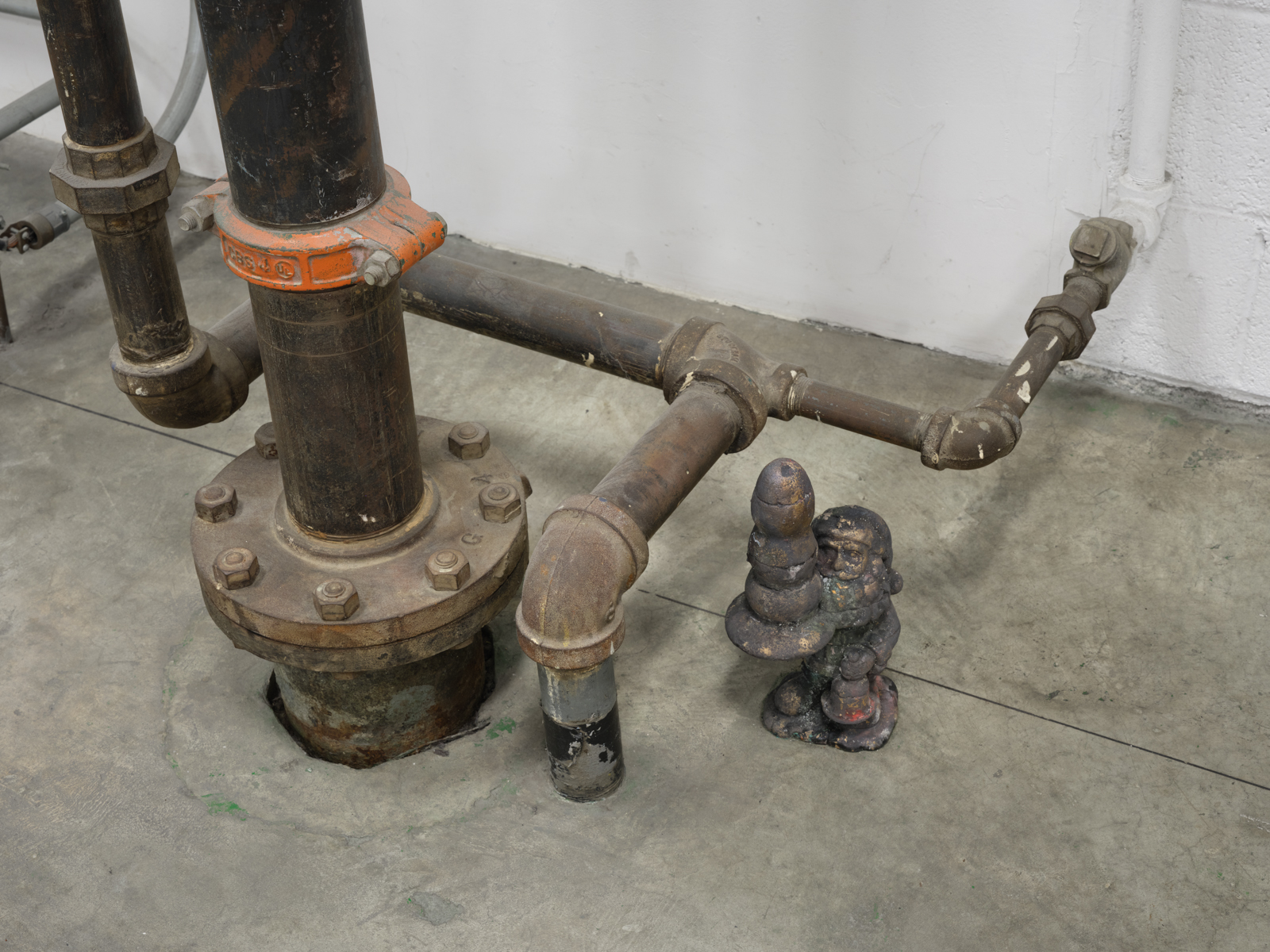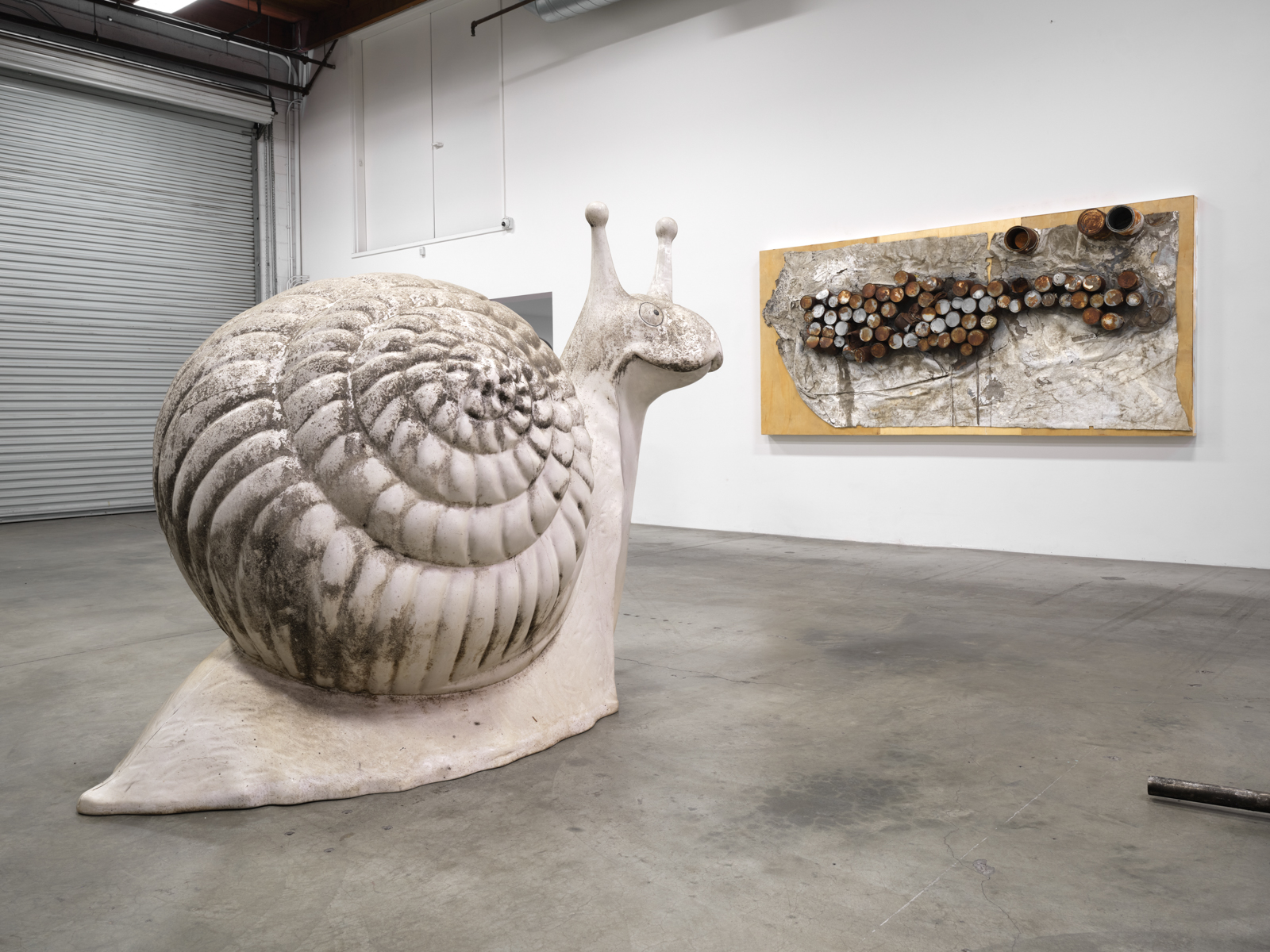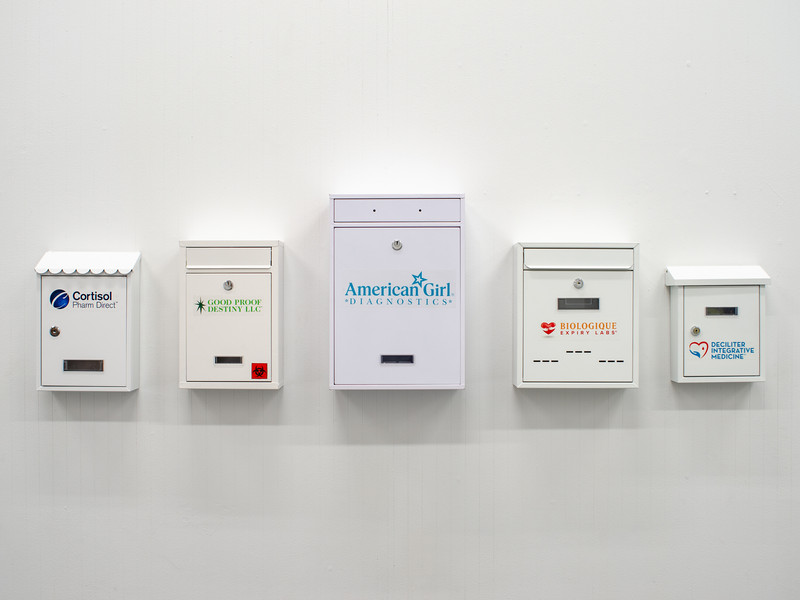More Than Dance with Chris Bordenave
But Chris found there was a disconnect between the concert world he grew up in and the audience of 2018. He wanted to by pass all the norms, peform in a 360 space, interact with the audience, and showcase dancers of all shapes, size, age and race. Create something that an audience of today, can relate and connect to in a way they havent been able to before.
- Interview and photos by Caitlan Hickey


What is your roll at No)one. Art House?
I curate all of our events which are usually movement based instillations, throughout Los Angeles. Our presentations aren’t in theaters or conventional spaces where dance is usually scene, [they’re in] warehouses, galleries, museums, or events we are hired for and I will kind of dictate how the movement is seen. I also arrange educational components, where we’ll invite choreographers or dancers from out of town to come and teach people apart of our community and seeking knowledge about contemporary dance on a global scale.
I’ve noticed you refer to No)one’s performances as movement rather than a dance, is that strategic?
Ha, it is, because when people think of dance, they think about whatever preconceived notion they have it. I feel like a lot of people now associate it with ‘So You Think You Can Dance’ or music videos or ballet, and there are just a lot of other ways to see dance.
I’ve found dance companies are kind of failing in the US right now because the government doesn’t support it, and because it feels like people have lost touch with dance. So I don’t think they know how to consume it anymore.
That was a big part of the reason we’ve chosen not to perform in theaters. I feel like now in 2018 people need to need to interact with it, like the way they are able to interact with it on their phones, on Instagram, so I think when people can be closer to it, more immersed in it, they understand it better, it effects them in a different way and they end up wanting more.
Yea it seems like a lot of your performances can be viewed 360..
I mean seeing dance in a theater, on a pristine stage, is amazing but it also costs a lot of money! If there’s no funding you have to be creative in how you present it.
How do you get funding for your projects?
Ha, we don’t! At this point people reach out and commission us. But in the beginning, it was just asking around, people that would donate space to us, dancers willing to work for free to get us off the ground but now that people know who we are, they’ve been reaching out for us to perform and provide us with a budget. I’ve never applied for a grant. After hearing from friends that have done it, it’s this long tedious process and a lot of the time, people that are very talented and produce great work won’t get it because of the way they describe their work and the people receiving that grant information don’t understand the language. And then you see people that do get these grants and the way they describe their work is so eloquent and imaginative - then you see the work it’s not up to par. I have this issue with over intellectualizing this art that we’re making. You can have all the words but if people don’t connect when they see it, what’s the point?


Would you describe yourself as a visual artist rather than a performance artist?
I guess that’s where the ‘curator’ part comes in because yes, one can create a performance with lighting and costumes on a stage but I feel like when you curate a whole experience it allows the viewer to see it in that 360 way you were talking about. What is the audiences experience as soon as they walk into the space, what do they see? How does the dancer interact with them? The whole time you are in this world that we create, its curated. It’s specifically designed to entertain the viewer from entry to exit. I have been juggling with this idea of performance vs visual art, especially in a gallery space, I feel like there’s this really big gap between concert dance and performance art that isn’t acknowledged.
I noticed you include all shapes, sizes and ages in your performances...
I think there’s a preconceived notion in the dance world and outside of the dance world that dancers are always thin, white, young. I’ve been really intrigued with seeing older people dance, the knowledge and wisdom that they carry in their body, you can’t replicate that in a younger dancer. And also just seeing people of color, people who aren’t rail thin, it gives your eye more to think about and connect with.
Where do you find inspiration?
I’m a very musical person, I love listening to music and being called to dance from that. Spaces have been very inspiring, I think that’s another reason I don’t like performing in theaters, unconventional spaces have more to work with, more to grab from to inspire the dance.
How has it been working with Solange?
Great. I really respect her taste and her attention to the full picture. She makes her performance more than her, she makes it a whole experience. She brings this kind of fine art aesthetic into her work. She appreciates and references people in visual art, architecture, dance, she has a more worldly view with what she’s doing rather than just selling a product. I recently worked on a dance film for her along side another choreographer and although it’s a collaboration she definitely has a clear vision of what she wants in terms of direction. I respect that.





